When you travel as much as we do you can get a bit blaze about things, but every now and then you get something that blows you away a bit and watching sunrise at Tiger Hill in Darjeeling is such a thing.
This is because on a clear day you get to see the Kanchenjunga range, which includes the third-highest mountain in the world. As well as, if you are really lucky, Mount Everest. Yeah, that Mount Everest. And you know what, even if it is not that clear a day you get to see clouds move and glide over the villages of the area as well as snow-capped peaks in what can only be described as somewhat heavenly.
So, is it worth watching sunrise at Tiger Hill? Yes, it is very much so, but there are some caveats to take into account.
How to get to Tiger Hill
Tiger Hill sits at just over 2,590 metres (8,500 feet), which makes it the highest point around Darjeeling that is accessible by road. What you’re looking at here isn’t just one or two hills, but the full-on Himalayas. The big deal is seeing the sun hit Kanchenjunga before it rises anywhere else in India. At over 8,586 metres (28,169 feet), this beast of a mountain actually turns pink and gold in the sunrise, while the rest of the world is still dark.
If it’s a clear day and the gods are smiling, you’ll also catch glimpses of Mount Makalu and the tip of Mount Everest on the horizon. It’s not close, but it’s visible. On the other side, you’ve got sweeping views back towards Darjeeling, smaller hill stations, and the kind of terrain where clouds are actually below you, forming and dissolving like they’re alive.
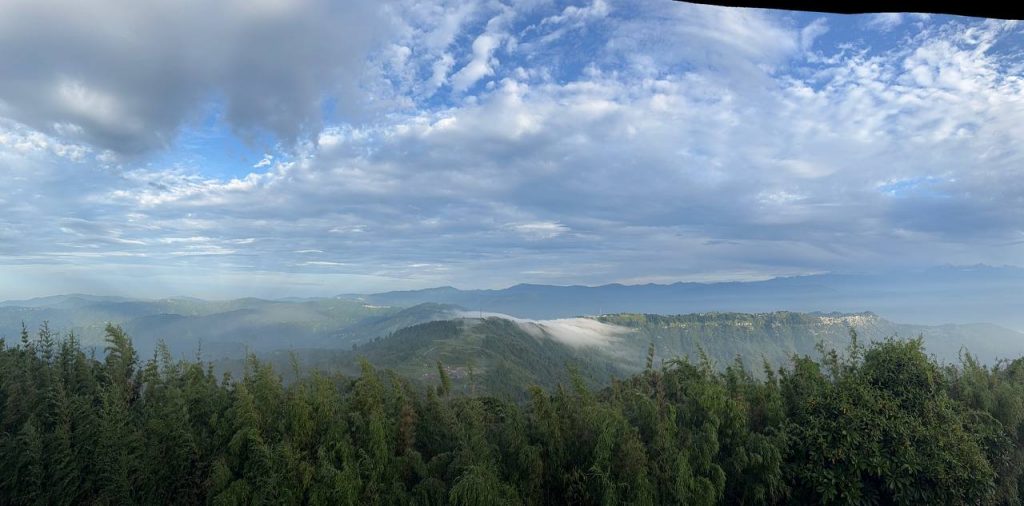
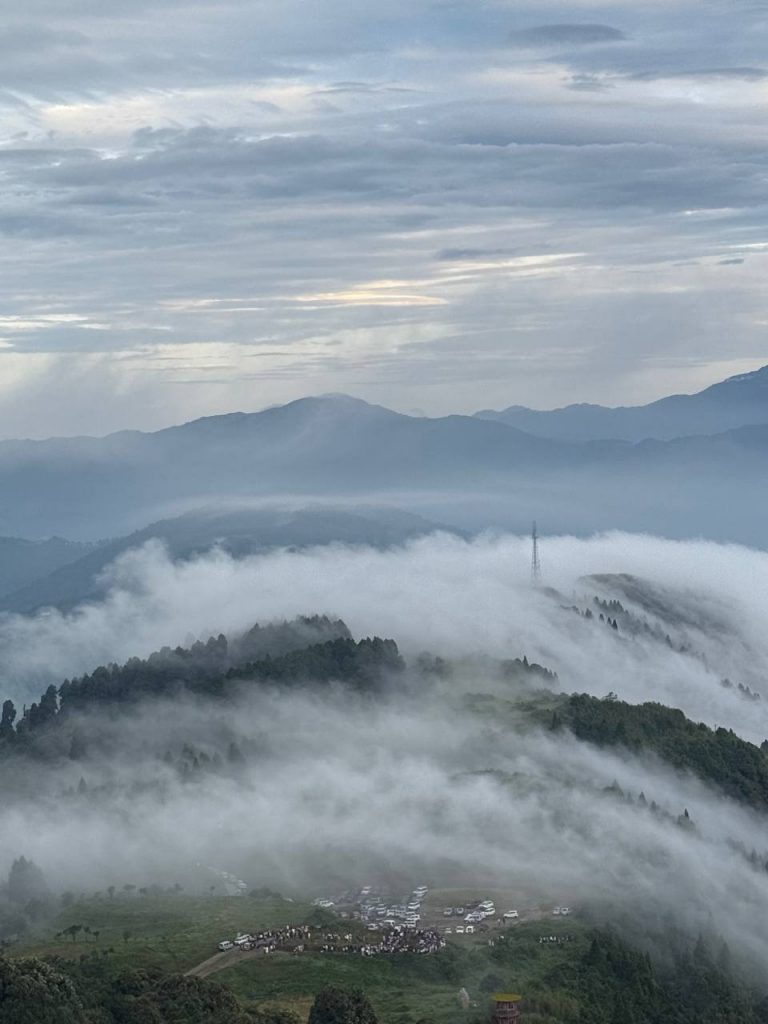
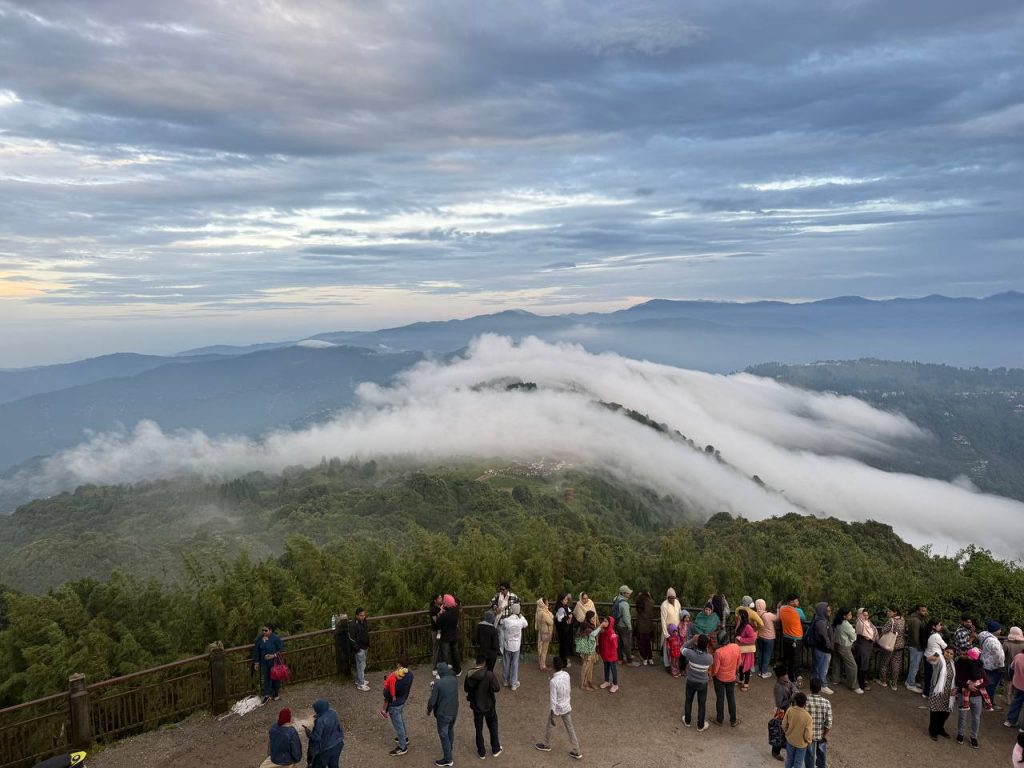
How to get to Tiger Hill from Darjeeling
From central Darjeeling town the drive to Tiger Hill is about 11 km, which on paper takes an hour. In reality though, it depends entirely on the season and the time you go. We went in June, which meant an easy 45 minute to 1 hour ride. In high season though, like April, May or December, you can be looking at 2 hours plus. And yes, that’s leaving at 2 or 3 am.
Most people book a jeep from their homestay or hotel. These are shared vehicles and depart well before sunrise. If you’re staying on the outskirts or in the upper levels of Darjeeling town, you may be able to cut a little time off, but don’t count on it. Roads are narrow, winding and not always in great condition. Our drive included fog, potholes, one or two confused cows and an argument with a cop. Standard Darjeeling really…..
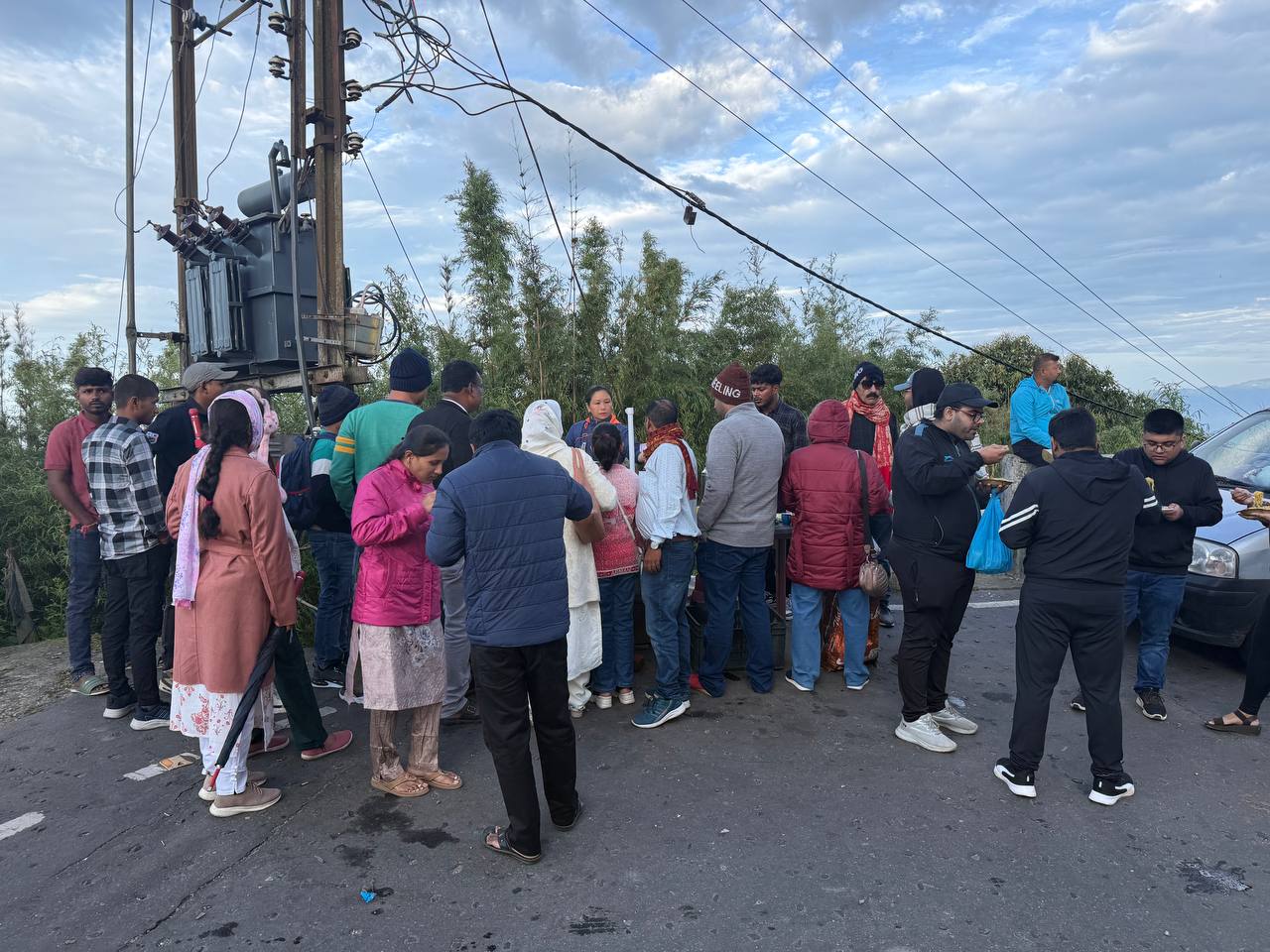
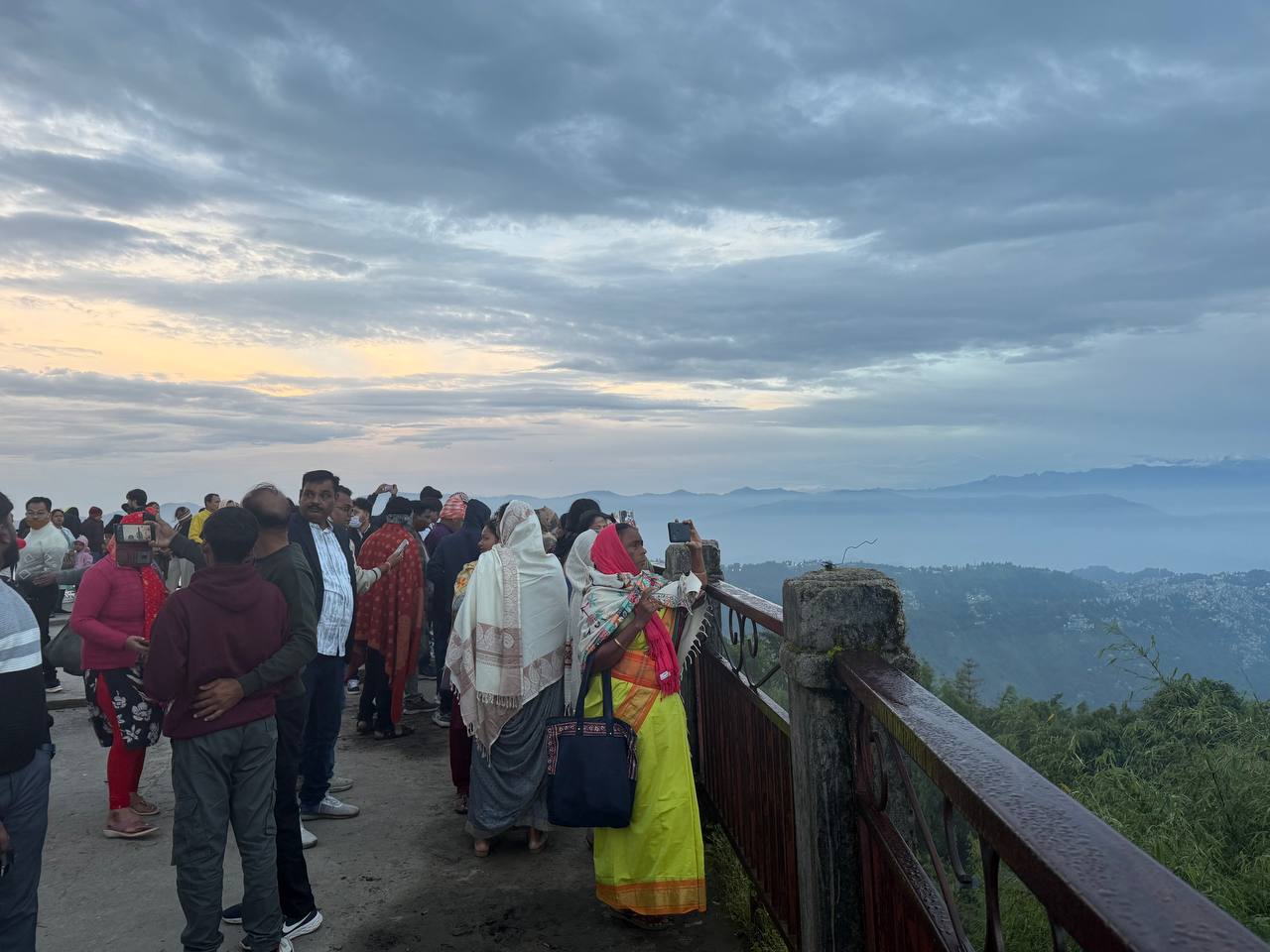
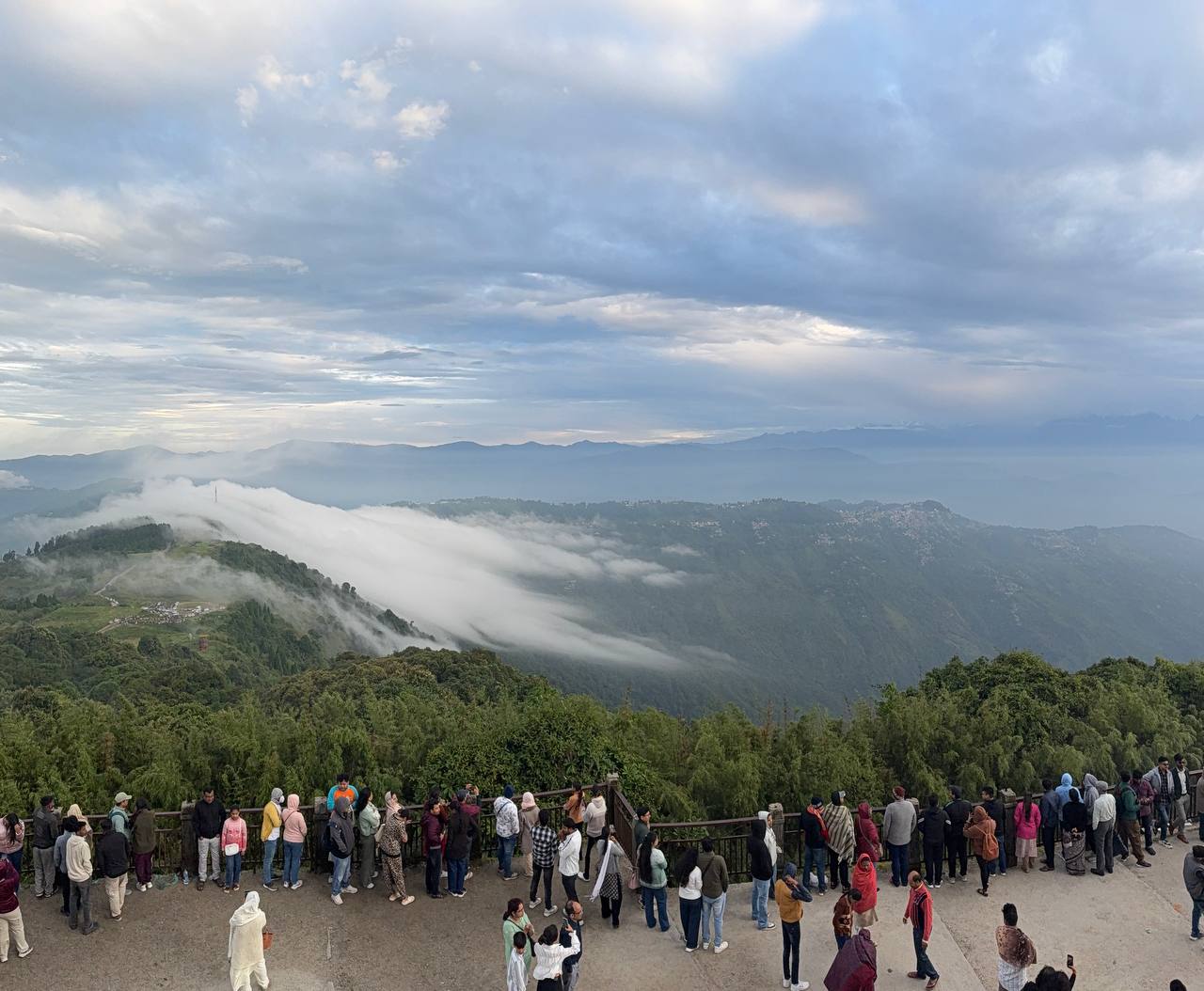
When is the best time to visit Tiger Hill?
High season in Darjeeling runs from around March to early June, and again in late October through December. These are the times when weather is clearest and the views are best. This also means the town gets absolutely rammed, especially with domestic tourists. And Tiger Hill, being the most famous viewpoint in the region, becomes a bit of a circus.
During these times, if you want to have even the slightest chance of seeing anything, you need to leave your hotel around 2 am to get there by 4.30 or so. Sunrise can hit anywhere between 4.45 and 5.30 depending on the season, but the crowds start gathering early and the parking situation gets ridiculous.
When this happens it is so full you can barely see anything. Literally thousands of people and nowhere to stand. You might get lucky and sneak a spot on a fence or higher rock, but mostly it’s a mass of phones, tripods and people yelling “Everest” at things that are not Everest.
Off-season though, like when we came, is another story. Fewer tourists, way more breathing room, and you can get some prime real estate. The only catch? You need luck with the clouds. There are days where visibility is zero and you see nothing. Then there are days like ours, where it just about cleared at the right moment. YPT and me though, well, we tend to be a bit lucky.
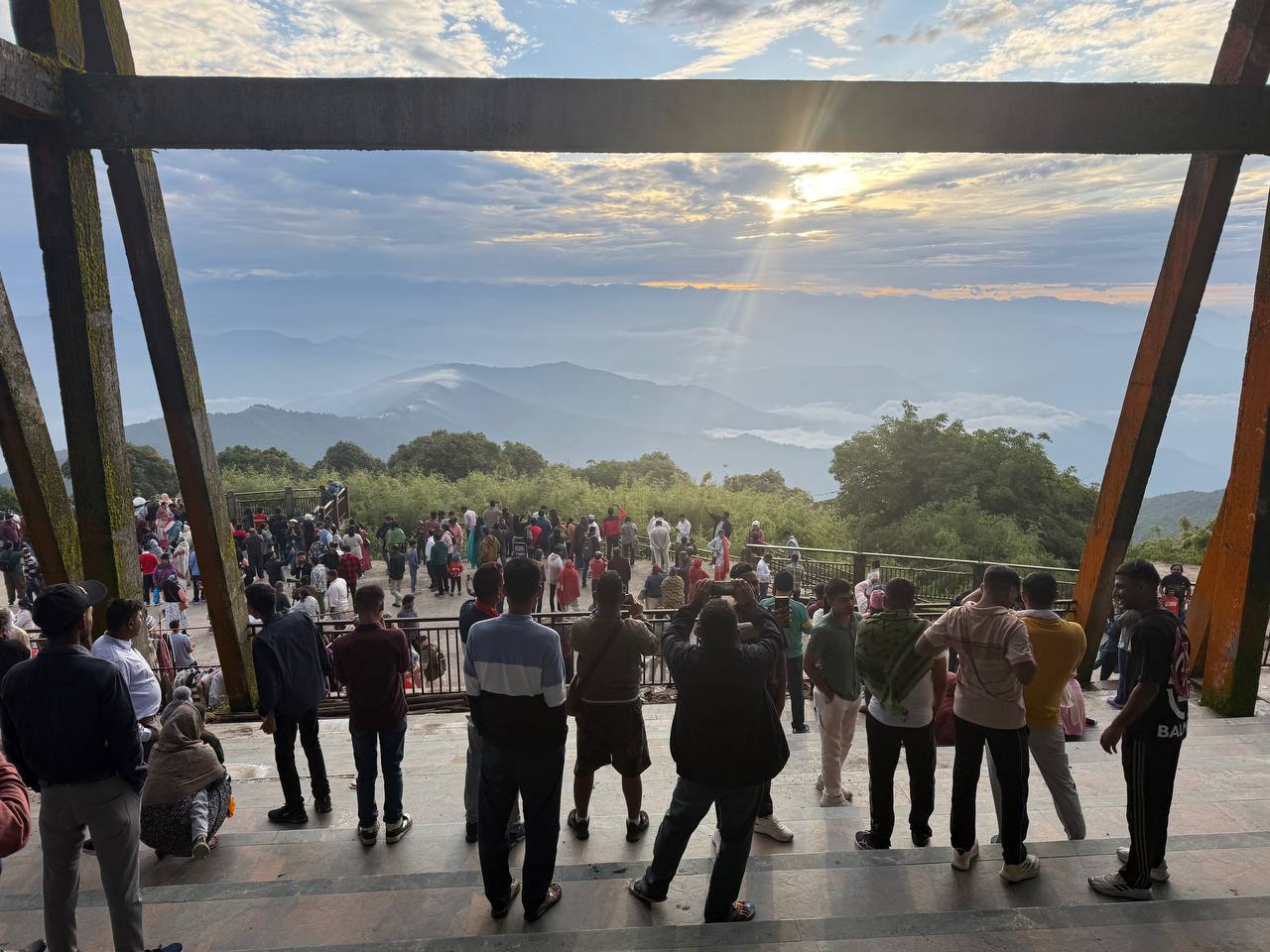
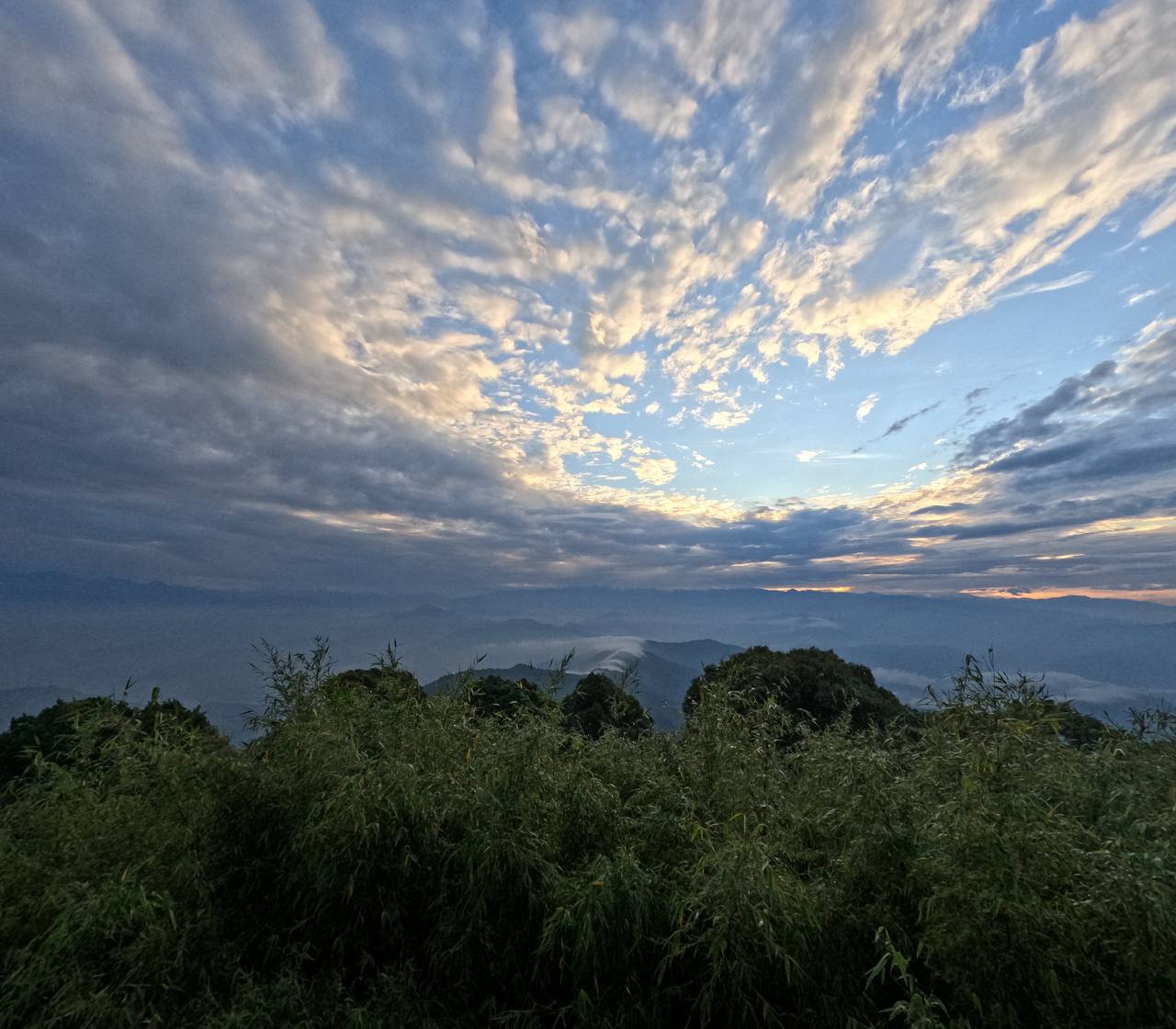
The Ambience of Tiger Hill Darjeeling
After the tiring drive over potholes you eventually reach the Monkey Temple and depending on how many cars there are in front, you jump out. From here you walk along with other revelers, mostly Indian tourists (we were the only visible foreigners) and head up.
Before getting to the summit you see the local entrepreneurial spirit as there are hawkers selling hats and other warm clothing. This is because it drops below 10 and is pretty chilly even in the summer when down on the ground Darjeeling can be touching the late 20s.
And of course there are people selling street food, principally wai-wai (rahmen) and of course chai sellers, a welcome inclusion for the cold. Everyone then lines the surrounding fences, or as I did climbs the cool piece of Urbex that offers some higher views. People then excitedly wait until they’ve seen enough before slowly filtering out. Apparently there are other viewpoints to include after, with us preferring to leave, get breakfast and prepare for the Toy Train.
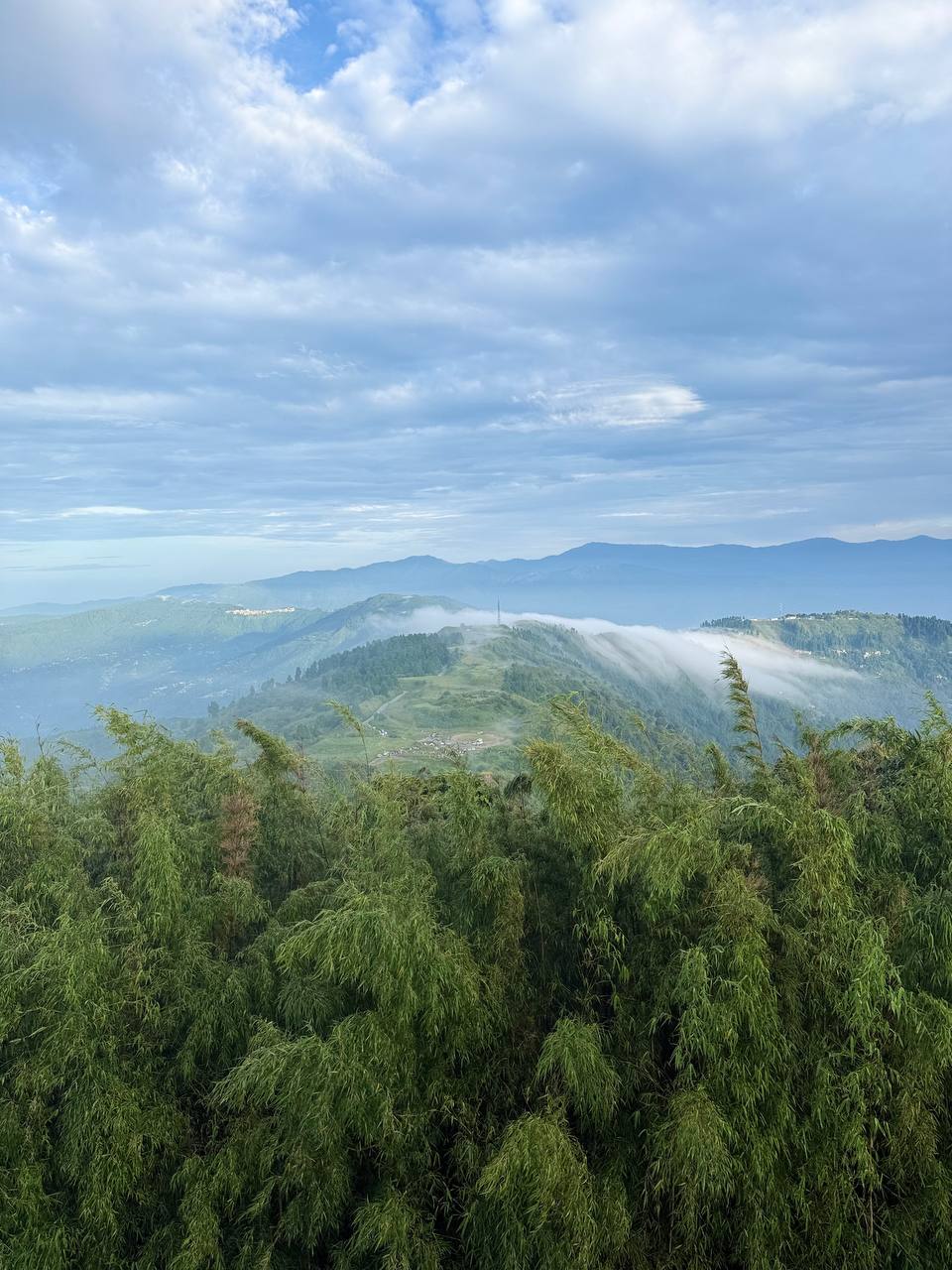
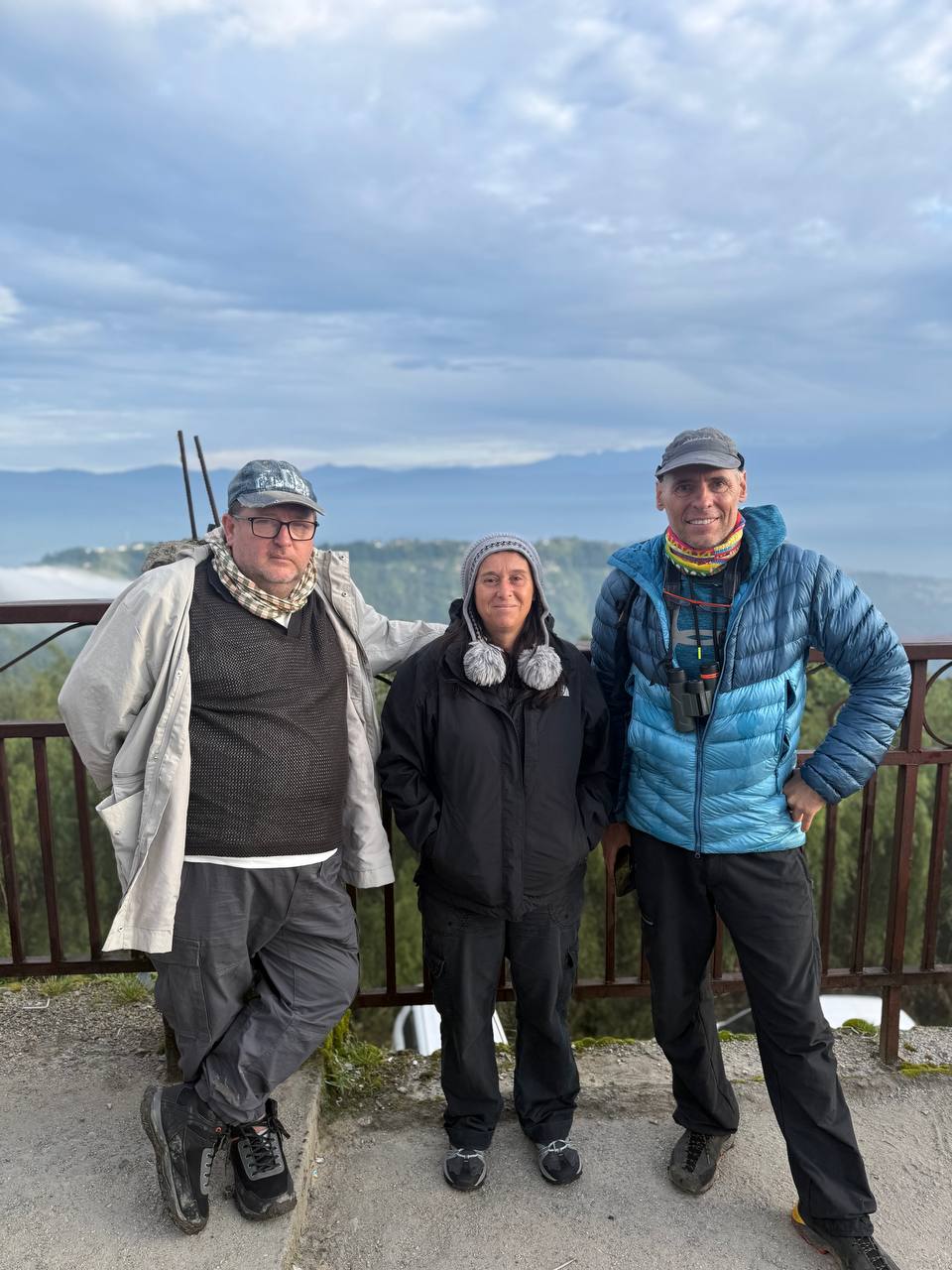

And what do you see at Tiger Hill?
OK, so I will not go into the whole array of mountains, peaks and the like as I have already covered this, instead I will deal with what YOU will see. Firstly there are people everywhere, even in the low season, which is a tiny drag, but is what it is. Other than that it is a 360 degree view of not just the Himalayas, but also some of the most remote settlements and conurbations that exist.
You then as we did saw the dance between a full moon and a rising sun, as well as clouds not just forming, but also gliding over settlements like cool blankets. Should you also bring binoculars then things get even more interesting with not just snowy peaks, but yes Mount Everest itself.
This makes the whole thing not just heavenly, but quite frankly one of those things that is not just worth getting up at 3.45 am for, but also visiting in the first place. The highlight of a tour to Darjeeling? Certainly. Sikkim too? Well it would be a toss up between this and the equally mesmerizing Lake Tsomgo.





